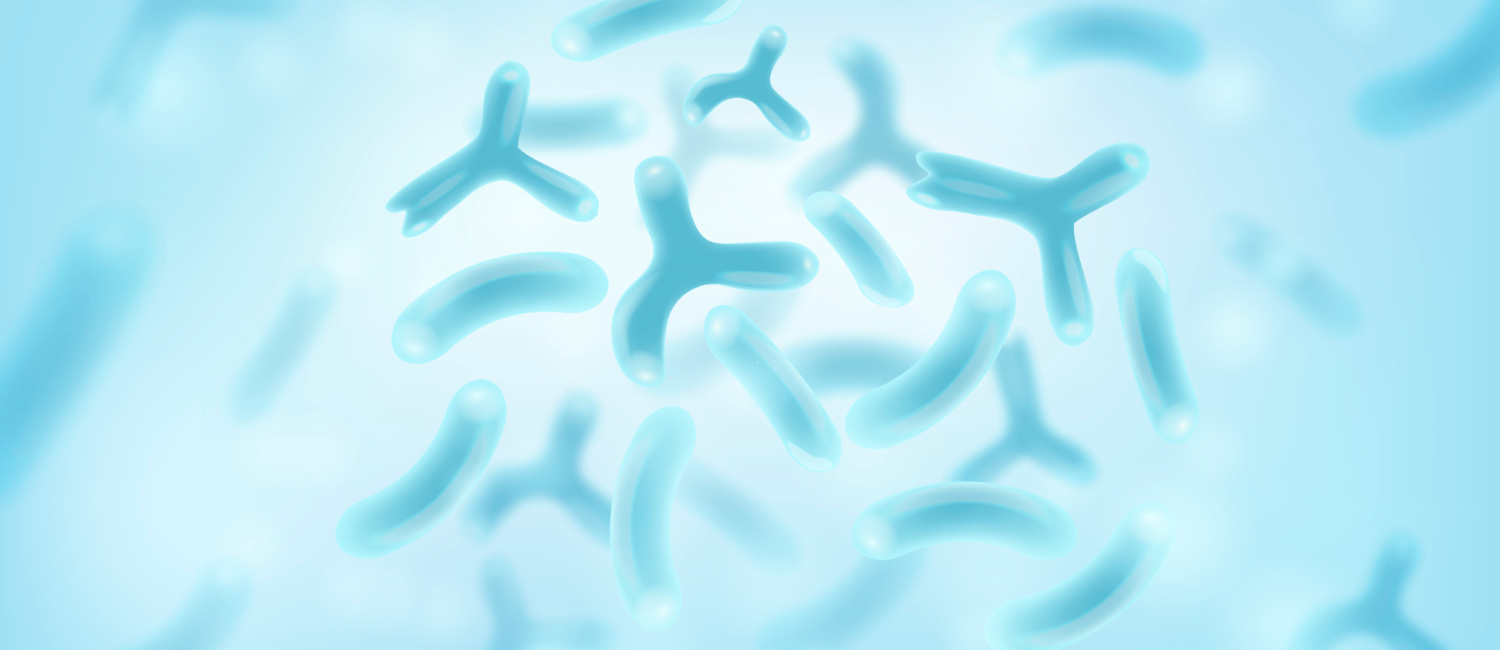Before diving into the world of postbiotics, let us take a quick look at some essential notions, starting with a reminder of what biotics are. The term “biotics” covers all the solutions designed to improve microbiota (prebiotics, probiotics, postbiotics, synbiotics). The world of biotics is constantly evolving and adapting to consumers concerns. Yet, health concerns have never been so prominent in the mind of consumers as they have been since the beginning of the covid pandemic. It is no wonder that consumers are showing an increasing interest in biotics and their health properties.
A look at the scientific consensus definition of postbiotics
Definition of postbiotics
After decades of solid research, scientists were convinced that non-living microorganisms could promote or maintain health. However, until the beginning of 2021, no consensus was found among scientists about the definition of postbiotics. To overcome this lack of scientific definition, the ISAPP (International Scientific Association for Probiotics and Prebiotics) gathered a panel of 11 international experts to reach a consensus. That is how they came to an agreement on the following definition of postbiotics: “A preparation of inanimate microorganisms and/or their components that confers a health benefit on the host“¹.
To go further, they specified that postbiotics could be intact inanimate microbial cells and/or microbial cell fragment/structures with or without metabolites and end products.
They also point out what postbiotics were not:
- Biological entities such as viruses including bacteriophages;
- Vaccines;
- Substantially purifiedcomponents andproducts: proteins, peptides, exopolysaccharides, SCFAs, filtrates without cell components and chemical synthetized compounds;
- Filtrates without cell components
- Purifiedmicrobial metabolites.
This consensus not only aligns the different actors of biotics on a single definition of postbiotics, but also sheds the light on this rising ingredient category.
A biotic like any other?
As any other ingredient of the biotic category, postbiotics have one main purpose: to have a positive impact on health. To do so, they act at different levels in the host’s intestine:
- A protective role on the gut barrier against pathogens.
- In direct interaction with the microbiota and the intestinal epithelial cells.
- Immuno-modulating and anti-inflammatory effects.
At first glance, nothing more than a probiotic. And yet, you will be surprised to learn that regarding some health benefits, they could be even more efficient than probiotics despite the fact they are inanimate. Indeed, the efficiency of postbiotics has been demonstrated by numerous studies. The Lactobacillus LB strain alone has been the subject of over 50 studies!
Postbiotics: going beyond probiotics
In addition to their demonstrated health benefits, postbiotics truly appear as a solution that could surpass probiotics.
Convenience from production to consumption
Because they are inanimate, postbiotics are highly stable. Unlike probiotics, they are sensitive neither to heat nor oxygen. Postbiotics are therefore suitable for harsh manufacturing processes or environments. They are, as well, easy to use in all types of matrixes such as functional foods and beverages, food supplement or drugs. Moreover, their effectiveness is easier to guarantee to consumers because there is no need to be resistant to acidic gastrointestinal environment.
Safety and predictability
Finally, postbiotics are more predictable than probiotics. There is no risk of translocation from gut lumen to blood which can be particularly problematic in vulnerable subjects. Likewise, with postbiotics there is no risk of acquisition or retransfer of antibiotic resistance genes. Thanks to this high predictability and reliability, postbiotics are certified suitable for both adult and pediatric populations.
This definition will serve as a basis for the expansion of the playground that are the applications of the world of biotics. Postbiotics will bring forth great opportunities for the nutritional transition of functional foods and drinks as well as the dietary supplements.
Adobe Stock / Yuliya
1 : Salminen, S., Collado, M.C., Endo, A. et al. The International Scientific Association of Probiotics and Prebiotics (ISAPP) consensus statement on the definition and scope of postbiotics. Nat Rev Gastroenterol Hepatol (2021). https://doi.org/10.1038/s41575-021-00440-6
